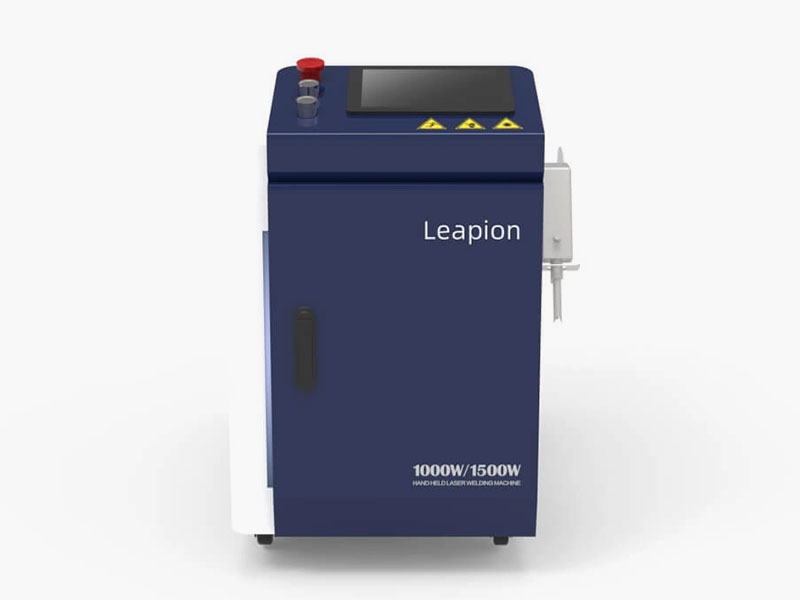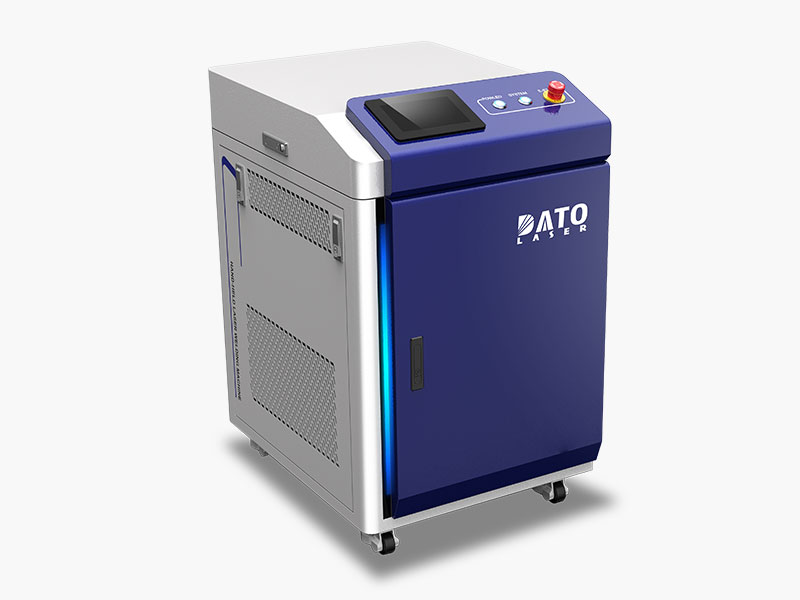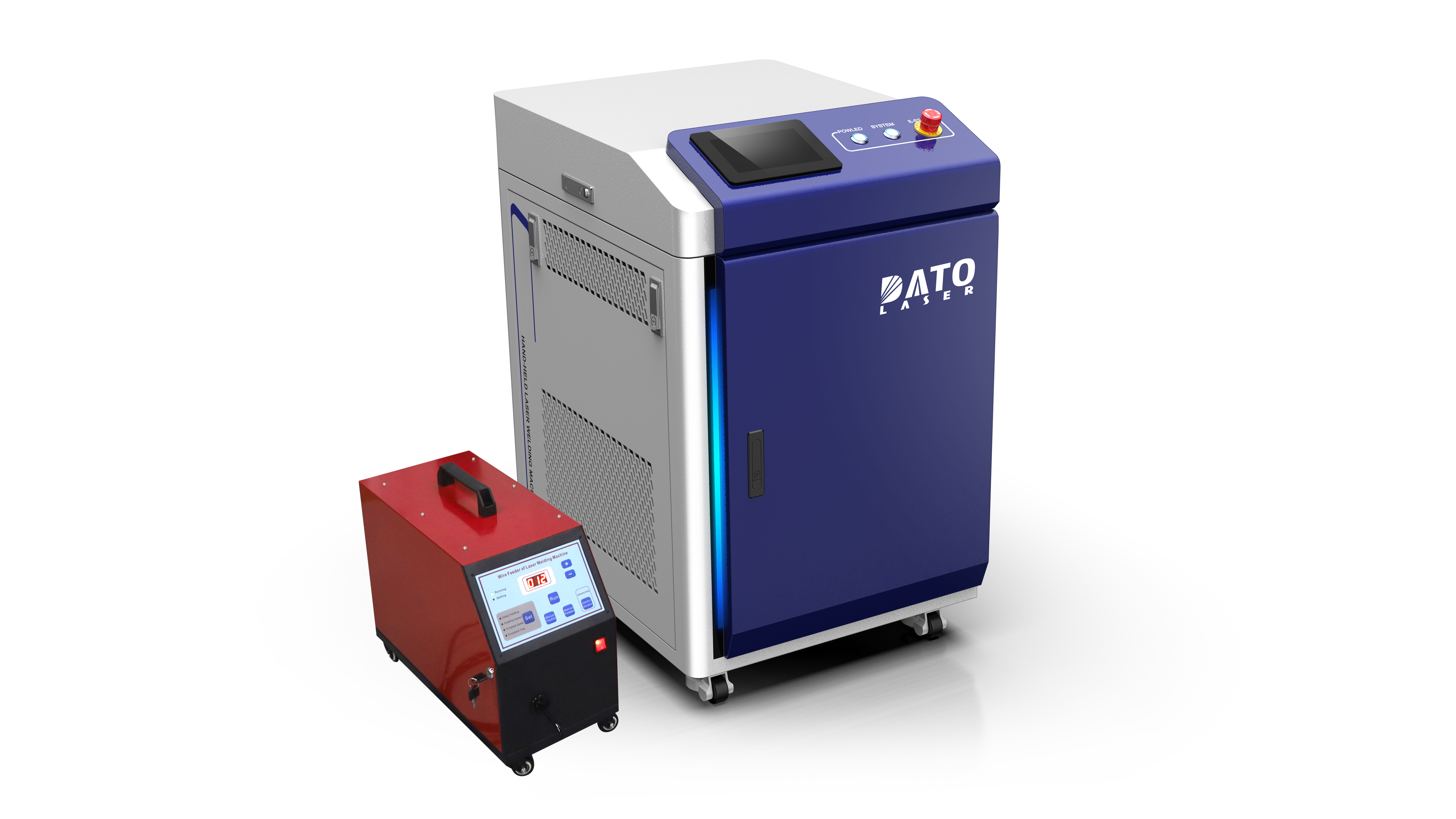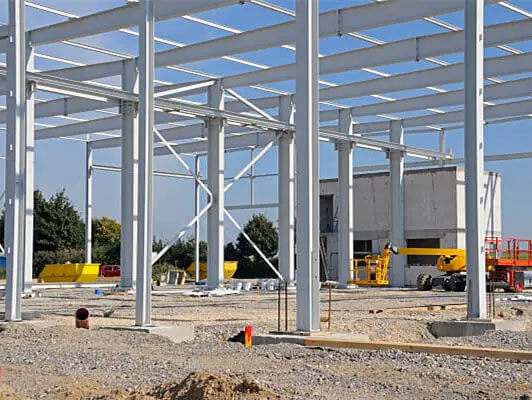Why Are Some Laser Welds Stronger Than the Base Metal? The Science Explained

Introduction to Laser Weld Strength
When discussing laser welding technology, one of the most fascinating phenomena is how some laser welds can actually be stronger than the base metal being joined. This seemingly counterintuitive outcome is a testament to the sophisticated engineering behind modern laser welding processes, particularly evident in the advanced capabilities of Dato & Leapion's laser welding systems.
The Metallurgical Magic of Laser Welding
Heat Affected Zone (HAZ) Characteristics
The secret behind superior weld strength lies primarily in the unique characteristics of the heat affected zone (HAZ) created during laser welding. Unlike traditional welding methods, laser welding produces an incredibly focused and controlled heat input. The DT-HJ Series laser welding machines from Dato & Leapion utilize precise power control and beam focusing technology to create an extremely narrow HAZ, minimizing material distortion and maintaining structural integrity.
Rapid Cooling Effects
The high-speed, concentrated heating and subsequent rapid cooling during laser welding create optimal conditions for beneficial metallurgical changes. This process, often referred to as rapid solidification, can lead to the formation of finer grain structures within the weld zone. These refined microstructures typically exhibit superior mechanical properties compared to the original base metal.
Microstructural Transformations
Grain Refinement
During laser welding, the intense, localized heat followed by rapid cooling causes significant grain refinement in the weld zone. Smaller grain sizes generally result in higher strength and improved ductility. Our DT-HJ Series laser welding systems are specifically designed to optimize these metallurgical transformations through precise control of power density and welding speed.
Phase Transformations
The rapid heating and cooling cycles can induce beneficial phase transformations in many materials. For instance, in steel welding, the formation of martensite or bainite structures can significantly enhance the weld's mechanical properties. The advanced control systems in Dato & Leapion's laser welding machines allow for precise manipulation of these transformation processes.
Material-Specific Considerations
Steel Alloys
In steel welding, the combination of rapid cooling rates and controlled heat input can produce favorable microstructures that exhibit higher strength than the base metal. This is particularly evident in certain high-strength steels, where the weld zone can develop enhanced mechanical properties through controlled martensitic transformation.
Aluminum Alloys
For aluminum alloys, laser welding can create refined dendritic structures and more uniform distribution of strengthening precipitates. The precise energy control of our laser welding systems helps maintain optimal thermal conditions for these beneficial transformations while minimizing common aluminum welding challenges.
Process Parameters and Their Impact
Power Density Control
The ability to precisely control laser power density is crucial for achieving superior weld strength. Dato & Leapion's laser welding machines feature advanced power modulation capabilities that allow for optimal energy distribution throughout the weld zone, ensuring consistent and controlled metallurgical transformations.
Welding Speed Optimization
Welding speed significantly influences cooling rates and, consequently, the final microstructure of the weld. Our systems offer precise speed control, allowing operators to achieve the ideal balance between heat input and cooling rate for different materials and applications.

Quality Assurance and Testing
Non-Destructive Testing
To verify the superior strength of laser welds, various non-destructive testing methods can be employed. Our technical support team can assist in implementing appropriate testing protocols to ensure weld quality meets or exceeds base material specifications.
Mechanical Property Verification
Regular mechanical testing, including tensile strength, hardness, and impact resistance measurements, helps confirm the enhanced properties of laser welds. The consistency and reliability of our laser welding systems contribute to reproducible, high-quality results.
Practical Applications and Benefits
The ability to achieve weld strengths exceeding that of the base metal opens up new possibilities in various industries. From automotive manufacturing to aerospace applications, this characteristic of laser welding provides engineers with greater design flexibility and improved structural integrity in their products.
Future Developments and Research
Dato & Leapion continues to invest in research and development to further enhance the capabilities of our laser welding systems. Ongoing studies into beam shaping, power modulation, and process control aim to expand the range of materials and applications where superior weld strength can be achieved.

Conclusion
The phenomenon of laser welds being stronger than base metals is not just a coincidence but a result of carefully controlled metallurgical processes. Through advanced technology and precise control systems, Dato & Leapion's laser welding machines can consistently produce high-strength welds that meet or exceed base material properties. This capability, combined with our comprehensive technical support and ongoing research efforts, makes our laser welding solutions an ideal choice for manufacturers seeking superior weld quality and reliability.
For more information about how our laser welding systems can enhance your manufacturing processes through superior weld strength and quality, contact our technical team today. Let us help you achieve the highest standards in welding technology with our state-of-the-art solutions.
Related Blogs
-
 Exploring the Safety, Precision, and Industrial Benefits of Laser Surface CleaningIn today’s fast-paced industrial world, where quality, efficiency, and sustainability are top priorities, manufacturers are constantly seeking better ways to clean metal surfaces without compromising material integrityBlog
Exploring the Safety, Precision, and Industrial Benefits of Laser Surface CleaningIn today’s fast-paced industrial world, where quality, efficiency, and sustainability are top priorities, manufacturers are constantly seeking better ways to clean metal surfaces without compromising material integrityBlog -
 A Complete Guide by DATO and LeapionIn modern industry, surface preparation and maintenance play a crucial role in achieving high-quality manufacturing results. Laser cleaning machines have emerged as one of the most innovative, efficient, and environmentally friendly tools for removing contaminantsBlog
A Complete Guide by DATO and LeapionIn modern industry, surface preparation and maintenance play a crucial role in achieving high-quality manufacturing results. Laser cleaning machines have emerged as one of the most innovative, efficient, and environmentally friendly tools for removing contaminantsBlog -
 Laser cleaning machines are revolutionizing industrial surface cleaning by offering a faster, safer, and more eco-friendly alternative to traditional methods. Whether removing rust, paint, oil, oxide, or other surface contaminants, laser cleaning has become a cutting-edge solution in manufacturing,Blog
Laser cleaning machines are revolutionizing industrial surface cleaning by offering a faster, safer, and more eco-friendly alternative to traditional methods. Whether removing rust, paint, oil, oxide, or other surface contaminants, laser cleaning has become a cutting-edge solution in manufacturing,Blog -
 Introduction: Transforming EV Battery Manufacturing Through Laser TechnologyThe electric vehicle revolution has accelerated dramatically over the past decade, bringing with it unprecedented challenges and opportunities in battery manufacturing. As global automakers commit billions to electrificationBlog
Introduction: Transforming EV Battery Manufacturing Through Laser TechnologyThe electric vehicle revolution has accelerated dramatically over the past decade, bringing with it unprecedented challenges and opportunities in battery manufacturing. As global automakers commit billions to electrificationBlog













